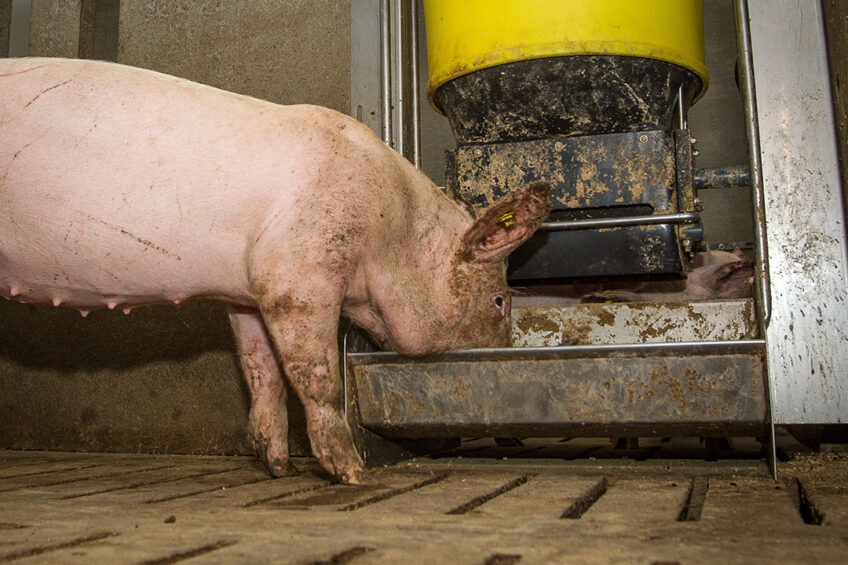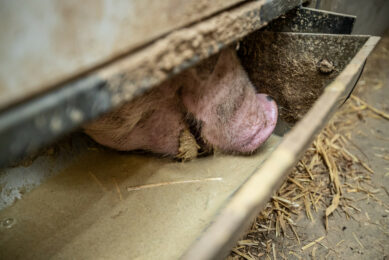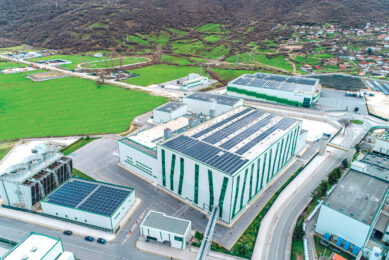Strategies for a sustainable development of the swine industry

The swine industry is set to provide high-quality protein to feed the world’s increasing population. To meet this goal, the swine industry needs to enhance production without increasing land use, and it is necessary to look out fot the swine shed environment to create more sustainable pork products. In addition, special attention needs to be paid to parameters such as temperature, humidity, carbon dioxide, and ammonia concentration which are crucial for swine health and welfare.
Basic requirements of sustainability
Sustainability is defined as increasing production efficiency, decreasing negative impacts, withstanding the prosperous pork production, and continuing improvement on farm. As the world population grows, total pork yield needs to increase, pork quality is required to improve, and pork safety needs to be guaranteed to have an environmentally friendly swine industry. In addition, health care and biosecurity protocols must be in place and all excretions, disposals, noise, and odors must be treated to reach the environmental disposal standards.
Challenges of sustainability
Studies showed that swine feed production has significant environmental impacts on pork production systems, because of greenhouse gas emissions and non-renewable energy and resource usage. Moreover, administration of antibiotics in swine feed as a growth promoter has raised serious concerns, because antibiotics in animal feed will enter the food chain and directly affect the environment. Furthermore, waste products from commercial pig farms have a negative environmental impact due to the high levels of phosphorus and nitrogen present in the manure. More challenges such as unstable pork price, infectious diseases, and sow reproductive diseases represent major threats to the development of sustainable pork production, as well.
Strategies for sustainability
The following strategies can be applied on farm to support a sustainable swine industry.
- Filter manure effectively to safely reincorporate it into the soil. This is an inexpensive and sustainable means to reuse pig waste to produce livestock feed.
- Improve pigs’ gut health by feeding the herds forage legumes such as lucerne, rather than commercial livestock feed to encourage foraging behaviour.
- Use alternative protein sources including sunflower seed meal, rapeseed meal, peas, and fava beans to decrease negative environmental impact of soybean farming.
- Exploit food byproducts to provide adequate nutrition and limit the use of grain crops that are environmentally damaging.
- Consider approaches including antibiotic therapy, prophylaxis, and immunisation programs to control sow reproductive diseases such as Porcine Reproductive and Respiratory Syndrome, which can damage the productive performance of sows and cause great economic losses.
- Apply precision nutrition to evaluate the available nutrient value of feed ingredients accurately and to determine the nutrient requirements at different stages of growth under different environmental conditions precisely.
Concluding remarks
Developing sustainable and environmentally friendly pork production systems is the preferred organisation form in the future. Strategies such as effective manure recycling, forage feeding, alternative proteins and food byproduct usage, antibiotic therapy, prophylaxis, and immunisation programs and precision feeding are all important topics and research areas. Furthermore, the government should strengthen the guidelines and training of pig producers, and further market intervention may be needed to stabilize pork production and reduce pork price fluctuations.











